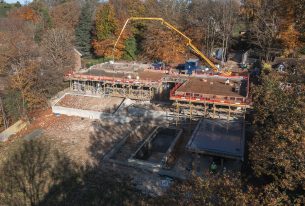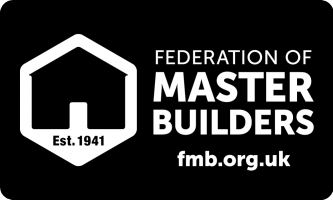

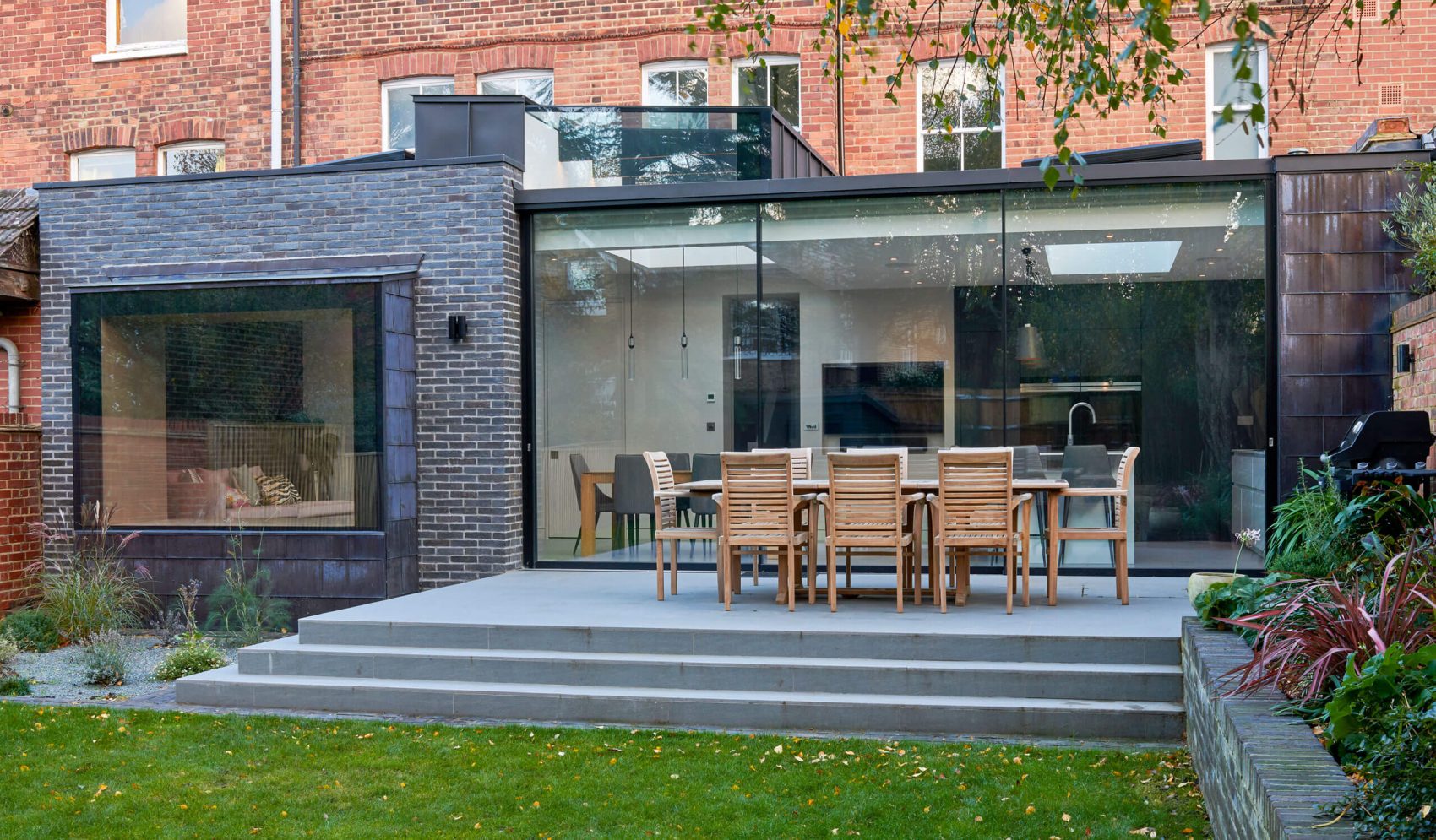
There is one thing that the client, the architect, and the contractor should always have in common on every project: the desire for a successful outcome.
And yet, the focus on that central, common goal can easily be lost during the project planning and delivery phase if delivery partners prioritise their own agenda above the buildability and performance of the building.
A huge amount of expertise and experience is involved in designing and delivering a successful project and, with construction materials and methods constantly evolving, there is no place on a successful project for a siloed approach. The development process is most successful when expertise is combined in an environment where respect, communication and collaboration are embedded at every stage. In this way, the hive mind of the architect/contractor partnership leverages the full aesthetic, technical and value potential of the project, delivering a property that is simpler to build and easier to maintain with better performance over a longer service life.

Rebuilding Integration Between Disciplines
The risk of siloed teams and partisan agendas has not always been present in the construction sector. The word ‘architect’ is derived from the ancient Greek word, arkhitekton, meaning master builder. Master builders throughout history were responsible for the design, engineering and delivery of construction projects, combining all the disciplines within a broad expertise that enabled them to integrate aesthetics and innovation, with buildability and longevity. Indeed, one of our most famous architects, Sir Christopher Wren, was a scientist and mathematician capable of designing beautiful buildings that would stand the test of time and overcome practical site challenges.
Over time, the disciplines combined in the role of master builder have been split into specialisms, with architects and engineers responsible for design, and construction companies responsible for building the property. But the design and construction disciplines remain inextricably linked. The construction contractor needs the expertise of the architect to design the building and determine the aesthetic and structural requirements. Equally, the architect depends on the construction contractor to ensure their design works on site and their vision is realised, both during the build and throughout the lifecycle of the building.
Without collaboration, this interdependency cannot work. Details fall through the gaps between specialist knowledge and experience and, for every opportunity for collaboration lost, the finished project becomes a little more comprised and a little less able to maximise value for the client.

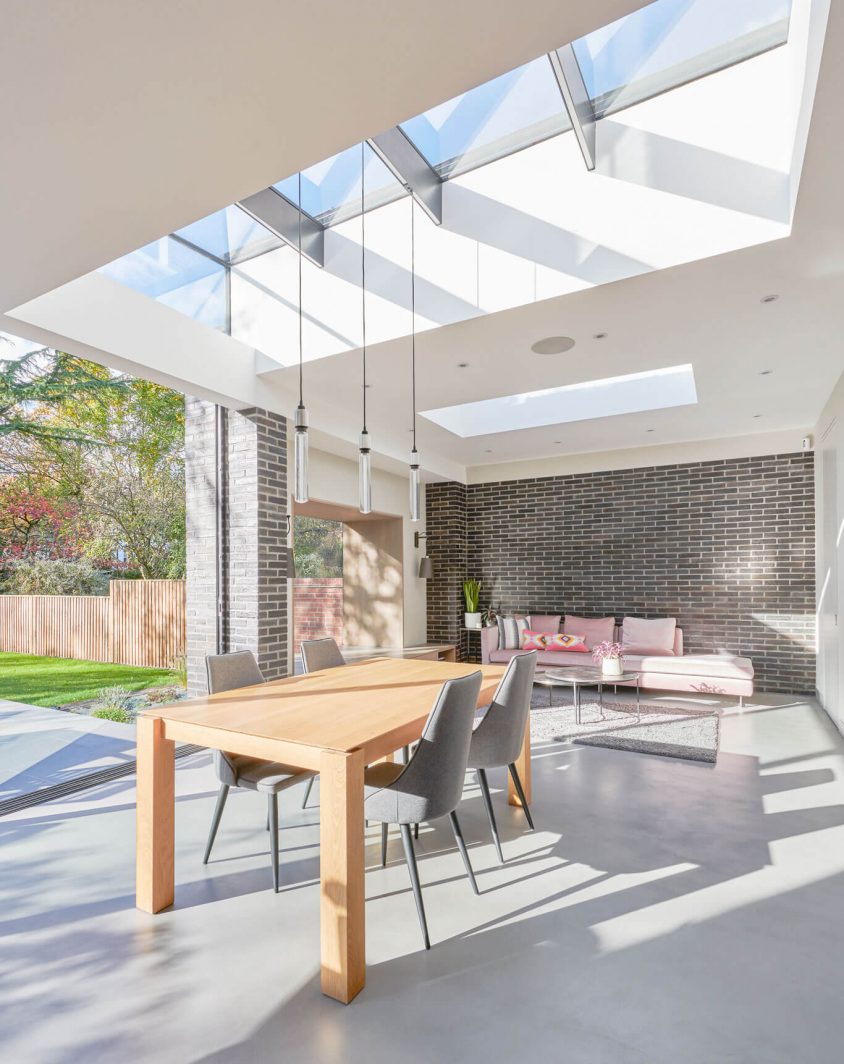

Rebuilding Integration Between Disciplines
The risk of siloed teams and partisan agendas has not always been present in the construction sector. The word ‘architect’ is derived from the ancient Greek word, arkhitekton, meaning master builder. Master builders throughout history were responsible for the design, engineering and delivery of construction projects, combining all the disciplines within a broad expertise that enabled them to integrate aesthetics and innovation, with buildability and longevity. Indeed, one of our most famous architects, Sir Christopher Wren, was a scientist and mathematician who was not only capable of designing beautiful buildings that would stand the test of time but was also a builder able overcome practical site challenges.
Over time, the disciplines combined in the role of master builder have been split into specialisms, with architects and engineers responsible for design, and construction companies responsible for building the property. But the design and construction disciplines remain inextricably linked. The construction contractor needs the expertise of the architect to design the building and determine the aesthetic and structural requirements. Equally, the architect depends on the construction contractor to ensure their design works on site and their vision is realised, both during the build and throughout the lifecycle of the building.
Without collaboration, this interdependency cannot work. Details fall through the gaps between specialist knowledge and experience and, for every opportunity for collaboration lost, the finished project becomes a little more comprised and a little less able to maximise value for the client.
Commitment Beyond the Contract
The traditional procurement route (as opposed to D&B or construction management) are predominately favoured by private clients as it enables the establishment of a market value and the certainty of a fixed price for the works. However, the standard forms of this type of contract such as JCT
are structured such that the contractor’s role is merely to deliver the architect’s design. In reality, the dynamic between delivery partners should be much more subtle and complex than that. A contractor that delivers the architect’s design without using their own knowledge and experience to put forward buildability and quality suggestions is not truly invested in the outcome of the project. Meanwhile, a construction company that makes changes to the design details or specification without prior discussion and approval from the architect is equally at risk of reducing the integrity of the finished build.
Effective collaboration is not achieved by adding a few lines to a contract. With a true collaborative approach, however, the design intent can be delivered without compromise and the potential for buildability and specification enhancements can be fully explored. The benefits to the client go beyond any cost savings typically associated with the term ‘value engineering’ because the focus is on quality and performance, ensuring vulnerable elements, such as junctions and complex details, are robust and leverage all the advantages of contemporary materials and construction techniques.
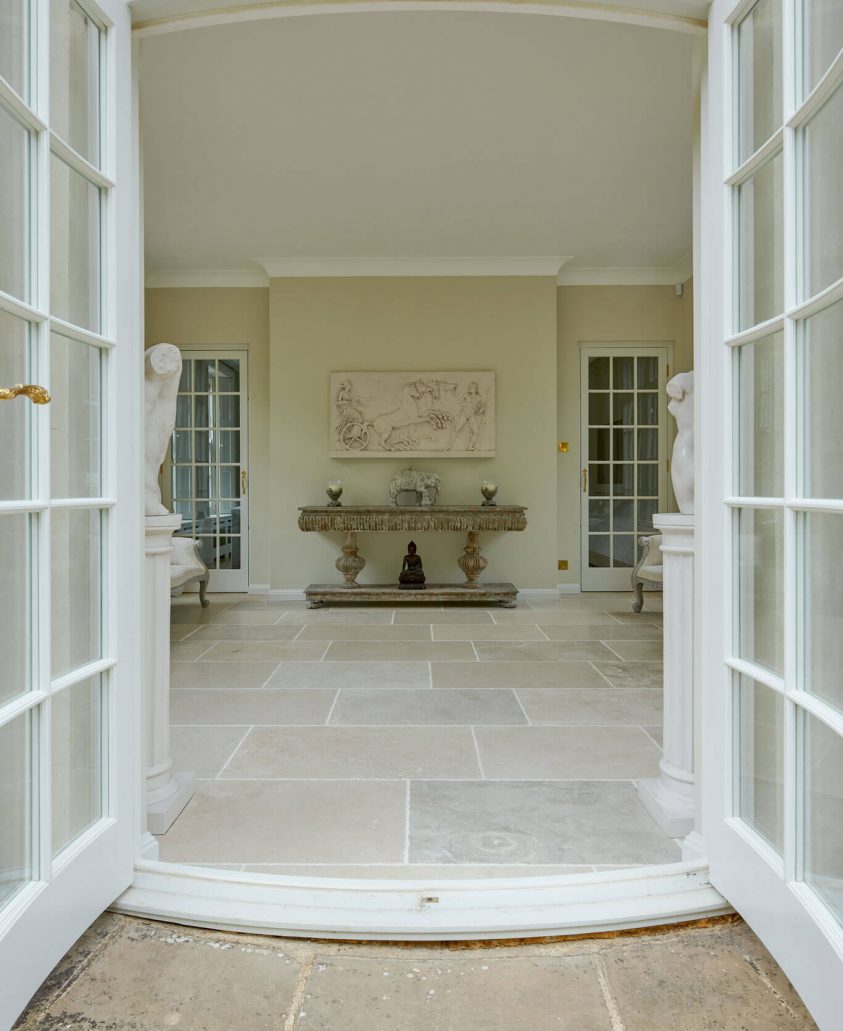
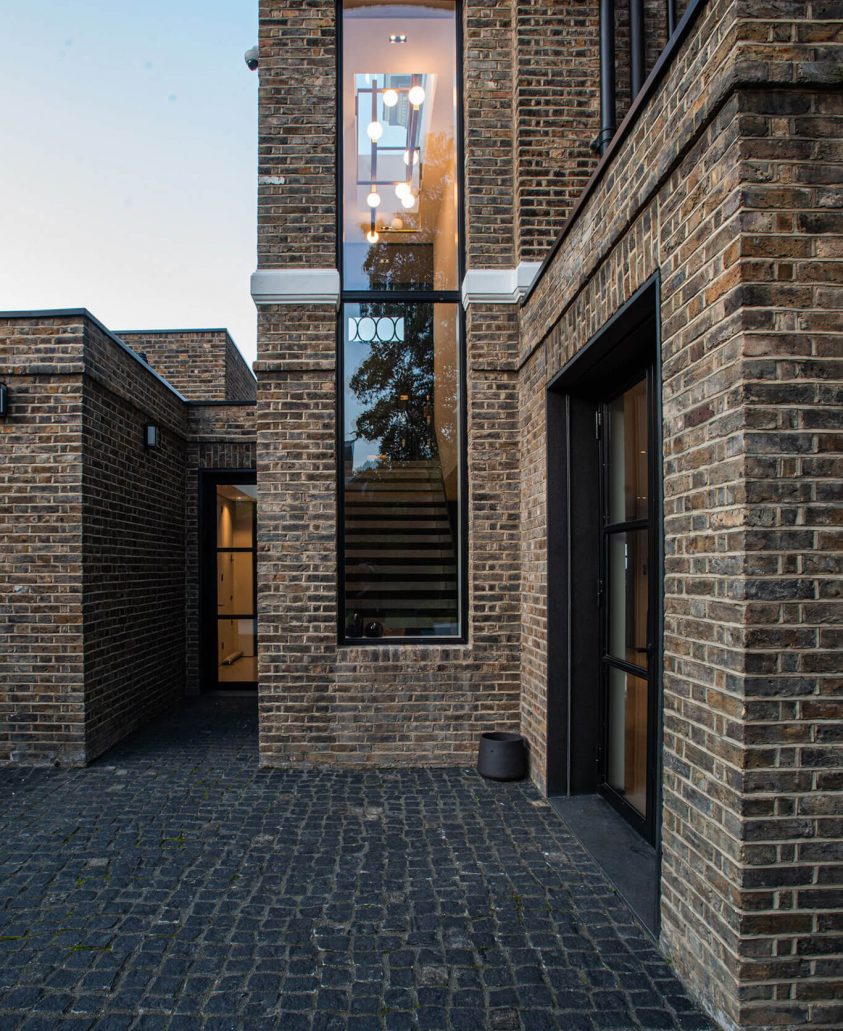
Collaboration Starts with Communication
So, how does that collaboration work in practice? A culture of collaboration needs to be mutual and established from the outset of the project. Effective communication is critical, and this must be founded on the principle that success requires a productive partnership between the designer and the builder. While, contractually, the construction company’s role is to deliver the architect’s design, in truth, construction is a service not a transaction, so the relationship should be service led.
The architect should have an expectation that the construction team will proactively identify areas where buildability improvements can be made or building performance can be improved. The construction company, on the other hand, must be committed to offering these options for adding value aligned to the design intent and aesthetics of the project, rather than pushing for changes that will provide cost or programme advantages without improving the outcome for the client.
By establishing clear, respectful communication early in the design development and construction process, the construction team can use their knowledge and experience to consider whether there are opportunities to improve build quality and performance through simplification and standardisation. It should always be within the contractor’s remit to question whether each element of the project can be done better, and a relationship built on trust between the architect and the construction team ensures those opportunities to make the finished building the best it can be are explored and exploited.
Ensuring Collaboration Thrives
At Hale, we work hard to build relationships with architects that are characterised by communication and collaboration. Questioning construction details and interrogating specialist sub-contractors, we explore all avenues before proposing alternative solutions. It’s not because we’re contractually obliged to collaborate that we’re proactive in making suggestions for buildability improvements, but because we’re passionate about what we do. For us, that means going beyond the scope of contractual obligation.
Collaboration is a two-way process, and our ability to leverage our expertise to enhance the quality, performance and longevity of the building relies just as much on the architect’s management style as it does on our service ethic. Only when the architect embraces the idea that there is potential for improvement in the way the design is delivered can the finished project be improved.
Ultimately, this brings us back to the goal – a successful outcome. If that’s the raison d’être for all involved, and passion for making the project the best that it can be is shared and communicated, collaboration can thrive.
Photography by Guy Lockwood Photography and Alexandria Hall Photography.

